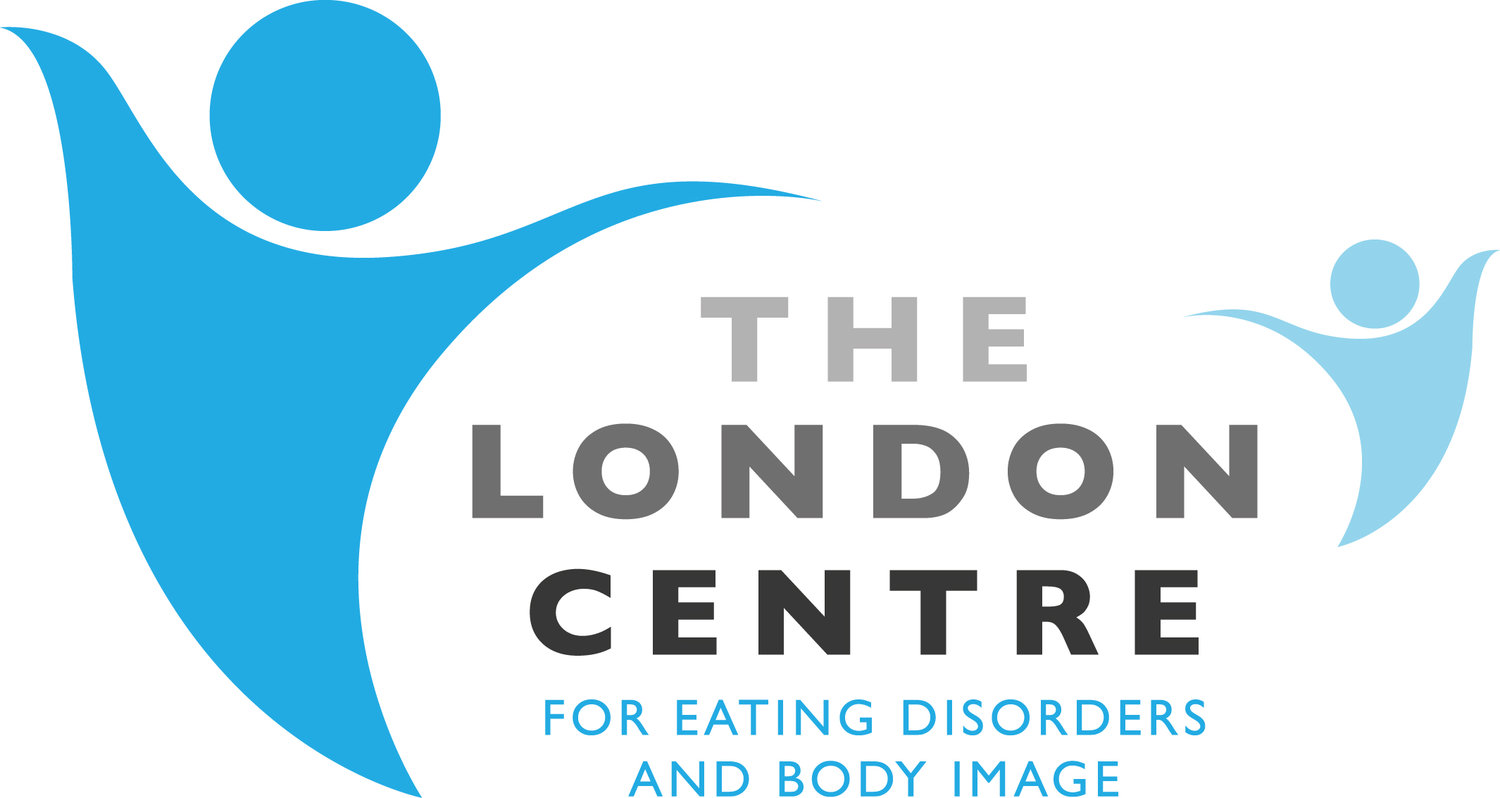What does CAT involve?
Cognitive Analytic Therapy is an accredited structured psychological therapy that is usually offered an an individual therapy, but can be done as a couple or in a group. CAT is a time limited therapy and the number of sessions (16, 24 or 32) will usually be agreed at the start of treatment. Following regular therapy a number of less frequent follow up session will usually be offered.
There are four distinct phases of CAT: reformulation, recognition, revision and ending.
Reformulation
The initial sessions of CAT are termed the ‘reformulation phase’. Here clients are encouraged to speak openly about what they are experiencing in their life. Clients will share their own personal history and life experiences. As well as things going wrong in your life there are always some things that have gone right. The therapist will encourage you to name what works well and what areas have given you happiness and satisfaction so that you are able to recognise your strengths, as well as your challenges.
After a couple of CAT sessions, your therapist may ask you to complete a questionnaire called ‘The Psychotherapy File’ which divides commonly experienced difficulties into Traps, Dilemmas, Snags, and Unstable States of Mind (see other boxes for more information on these). This questionnaire is a way of really focussing in on types of thinking or behaving that are likely to be contributing to a persons current challenges. Particular symptoms may be identified that will be monitored regularly throughout the therapy.
At around session 4 or 5 the therapist will write and read out a ‘reformulation letter’. This is a written account of the understanding shared between you and your therapist about the problems that have brought you into therapy, how you have tried to cope with them, and what you would like to be different following the end of therapy. An important aspect of CAT is an open and collaborative style of working, so you will be invited to comment on the letter and make any changes you feel it needs to ensure it is a fair representation of your situation and the issues you want to work on.
Recognition
The second phase of therapy is known as recognition. The focus shifts to more recent experiences, exploring where patterns you've identified might be being played out. Many of these patterns will involve relationships - either with others or with yourself. This stage of therapy is about compassionately noticing what is going on rather than trying to make changes. A CAT diagram is always used in therapy, which serves as a map of the difficulties you are experiencing; how these are developed and maintained; and the patterns you tend to fall into which serve to keep you stuck in your current difficulties.
Revision
As therapy progresses, the focus moves to trying out new ways of relating, thinking, acting, and seeing how these work. These are often described as “exits”, as they are a way of breaking free of the patterns that you have previously felt stuck in. Time is taken to practise these new ways of being, using the CAT diagram to notice when you have slipped back in to the old familiar patterns, and thinking about how you can do things differently the next time.
CAT is an open and ‘up-front’ form of therapy, where the therapist shares their thinking with you explicitly. There are no hidden theories or secrets, the therapist is actively involved in treatment, and will encourage you to be the same.
Ending
CAT recognises that finishing therapy can be difficult, especially if endings in your life have been difficult in the past. The last three or four sessions are used to think back over the course of therapy and the ending of this therapy relationship. The therapist will write a ‘goodbye letter’ and will invite you to do the same, sharing them in the last session. This goodbye letter, as well as the CAT diagram and the reformulation letter, serve as written reminders of therapy that you can take with you to continue working once therapy has finished.

